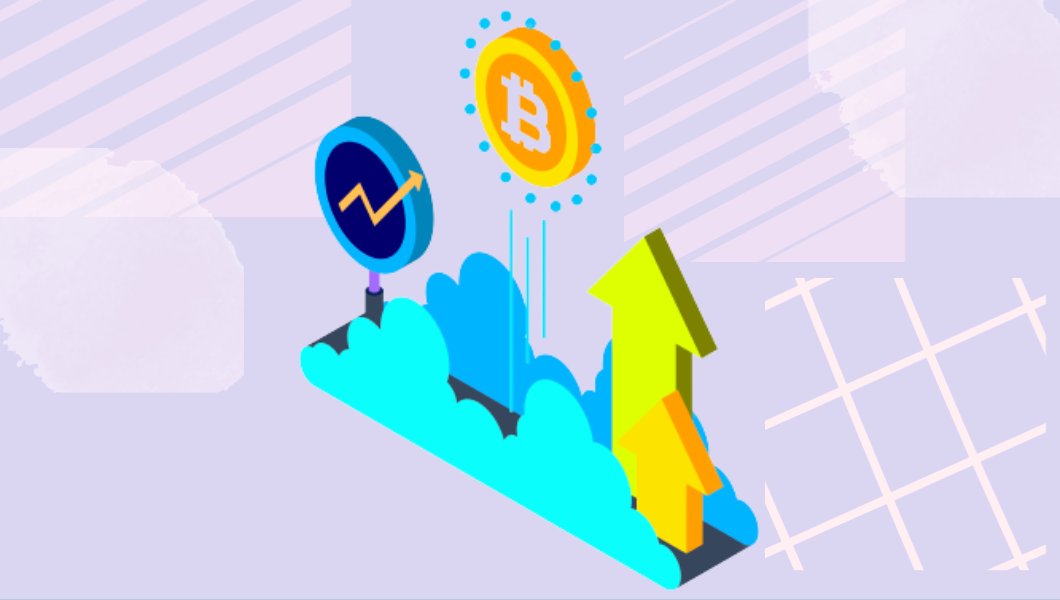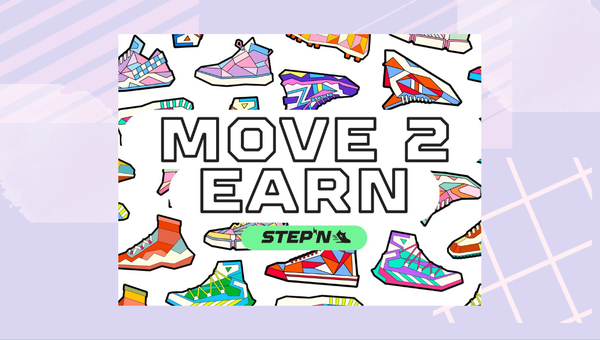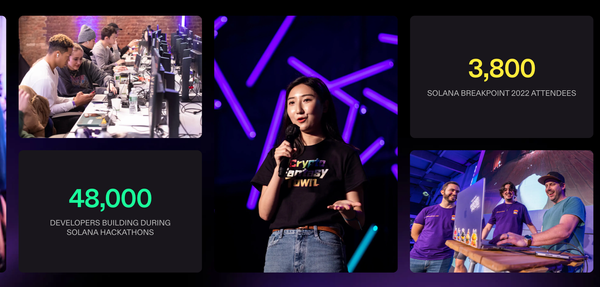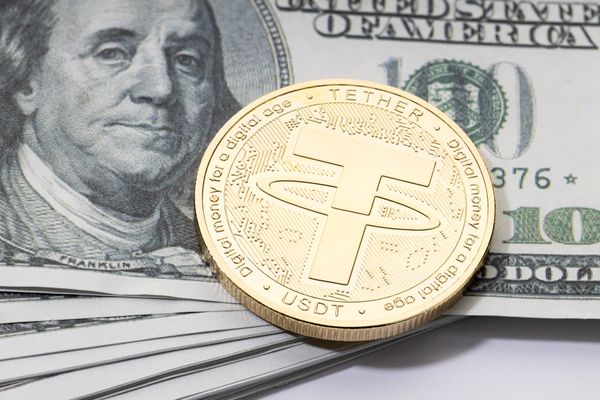What Is Decentralization?

If you look around, all the entities and organizations like schools, banks, companies and governments can be thought of as centrally managed networks. In such networks, a centralized powerhouse controls all the activities within the network.
Web 2.0 and Centralization
The internet started out as a decentralized network of connected computers that communicated using the www protocol. However, web 2.0 has evolved into a world wide decentralized network of certain centralized networks.
Popular web 2.0 internet destinations like Facebook, Google, Twitter and Amazon are all centrally controlled networks and like all other centralized networks, they control all the activities within the network. Such centralization has resulted in massive exploitation by the network powerhouses, with the users having little to no control over their privacy and data.
In a decentralized network, there is no single node or entity that controls all the actions in the network.
Web 2.0 created uber powerful network giants that have employed several unethical means to allure and addict populations to the network and in turn monetize their private information and data via advertisement partnerships. The centralized powerhouses of these networks have grown so strong that they now own the identities of its members who are the individual nodes of the networks.

Web 3.0 proposes to decentralize the internet and keep it the way it was originally intended to function.
Blockchain and Web 3.0
The blockchain technology promises to empower the individual nodes in a network and keep the network decentralized. Each blockchain will consist of multiple interconnected nodes and each node will have access to the distributed ledger of the blockchain. The nodes will execute algorithms like proof-of-work or proof-of-stake to approve transactions in the network and will update the ledger. By giving the same power to each node to approve and register transactions, the blockchain becomes a decentralized network, meaning, the power is no longer centralized, but is now distributed across all the nodes in the blockchain.
All the nodes in a blockchain have the same access to and control over the distributed ledger of the blockchain.
Web 3.0 will be a return to the decentralized internet wherein the internet will be a decentralized network of interconnected blockchains. Each blockchain will have its own algorithm to verify and record transactions. App developers will be able to build apps, called dApps, on these decentralized blockchain networks.
Native Internet Money
As the internet became a hit and was being widely adopted, monetization became a huge challenge and the lack of monetization options was one of the huge drivers of the dot com bust. Web 2.0 solved the monetization problem with advertisement technology and the networks like Facebook and Google monetized their audience with advertisements.
Web 3.0 introduces native internet money on the blockchain to address the monetization problem. Individual blockchains will have their own unique money called cryptocurrency and app developers will build various apps on the blockchain and these apps can in turn be monetized with the cryptocurrency native to the particular blockchain.
Is the blockchain truly a decentralized network?
A decentralized blockchain introduces several checks and balances by using a public distributed ledger.
Benefits of Decentralization:
- Each node has the power to protect its data.
- A node can have complete control over its identity.
- All nodes have the opportunity to monetize the network.
- Enhanced audit features reduces the risk of abuse by individual nodes.
However, running a blockchain node that accesses and updates the blockchain's distributed ledger requires enhanced technical equipment and may not be an ideal option for all the individual nodes in the blockchain. There will be users who will want to interact seamlessly with the chain without the burden of maintaining its ledger.
For example, if you consider the Bitcoin, a very popular blockchain, there are nodes that run independently, verify transactions and hold their private keys. These are the truly independent and decentralized players of the blockchain. However, there exists several exchanges, like Coinbase, that service users. These exchanges perform transactions and hold the keys on behalf of their users. So, in effect, the blockchain has certain nodes that service multiple clients and therefore become micro centers within the chain. This model provides the best of both worlds in the sense that it removes one centralized powerhouse within the network and at the same time allows users to have a seamless experience if they choose to do so.
In the future Web 3.0 will be a collection of public and private blockchains and each chain will have its own ecosystem of dApps and will also have some nodes that function as micro powerhouses within the chain.




